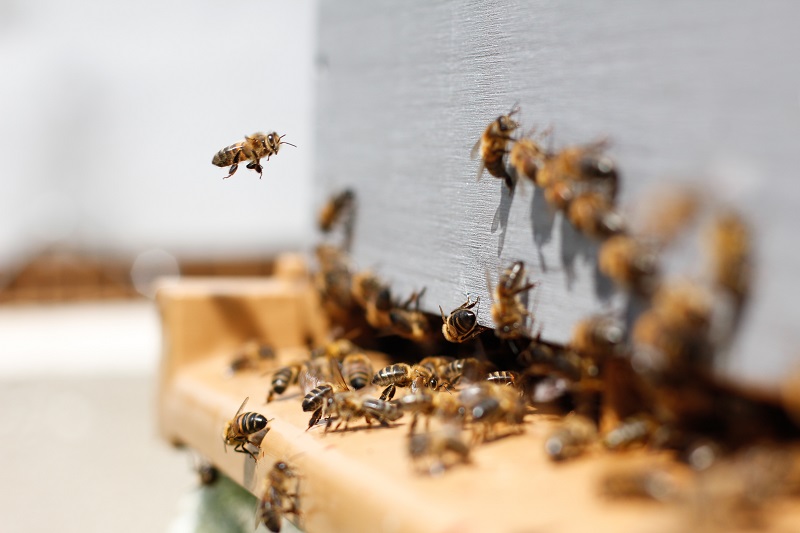Tasmanian Institute of Agriculture (TIA) PhD student Katharina Schmidt wants to preserve the value of Tassie’s unique leatherwood honey by proving its unique characteristics.
By finding the unique properties and compounds specific to leatherwood honey, Miss Schmidt will develop parameters to create a leatherwood honey ‘fingerprint’ and authentication test.
“Currently there is only a small amount of research on certain properties. I will be looking at the big picture from many perspectives to make connections of the chemical profile and properties to leatherwood honey.” Miss Schmidt said
Existing tests can’t confirm that a honey labelled as Leatherwood honey is truly ‘monofloral’, derived only from the nectar of the Leatherwood tree. According to project supervisor Dr Sandra Garland, this is an important distinguishing feature.
“If Katharina can work out what sugars and aroma are unique to leatherwood honey, she will be able to establish that it is monofloral – this is what gives the honey value in the eyes of the consumer,” Dr Garland said.
Miss Schmidt is also investigating another potential value-add for authentic leatherwood honey, bioactivity. The honey’s antibacterial and prebiotic properties, along with high levels of antioxidants and anti-inflammatory properties, could result in the honey being used to improve gut health or as a topical health treatment.
“If we can prove leatherwood is bioactive then the value of leatherwood would increase,” Miss Schmidt said
Miss Schmidt wants to establish a method for testing which could lead to certification for leatherwood producers, much like the UMF® ‘Unique Manuka Factor’ certification for manuka honey.
“Finding unique markers and compounds in the product will provide a guarantee that it is really leatherwood honey.” Miss Schmidt said
“Through authentication, we can prove value, so the consumer knows they are getting a premium product that is worth the money.” Dr Garland said.

The Tasmanian honey industry relies heavily on leatherwood trees to provide vital sustenance for bees. Without leatherwood, commercial bee keepers would struggle to provide critical pollinating services to Tasmanian farmers.
Leatherwood honey accounts for 70 percent of honey produced on the island. However, recent bushfires have reduced the availability of this crucial resource, which has severely impacted honey production.
The added value from enhanced testing may help Tasmanian producers weather the challenges of fewer trees. Dr Garland noted this may be critical, given leatherwood’s finicky nature. It can take 20-70 years for a tree to produce nectar and is sensitive to ash, so it doesn’t easily rejuvenate in fire affected areas.
Dr Garland says that more propagation and replanting research is needed to help Tasmania regenerate its leatherwood forests.
Miss Schmidt started her research in March this year and is currently in the early stages of methodology development, with project completion scheduled for late 2022.
Miss Schmidt’s project is part of a nationwide initiative led by the Tasmanian Beekeepers Association and the Cooperative Research Centre for Honey Bee Products (CRC HBP).
TIA is a joint venture between the University of Tasmania & the Tasmanian Government.


